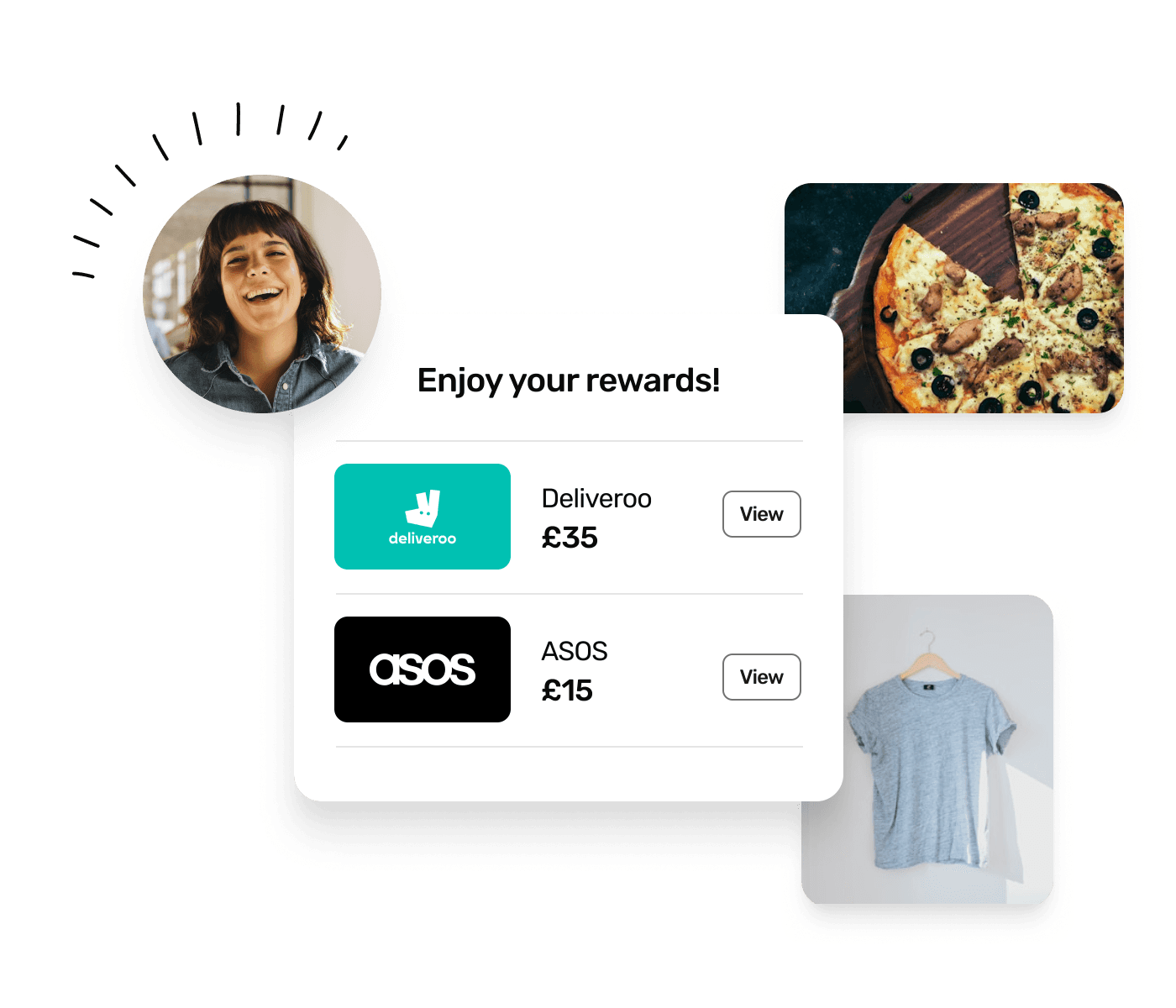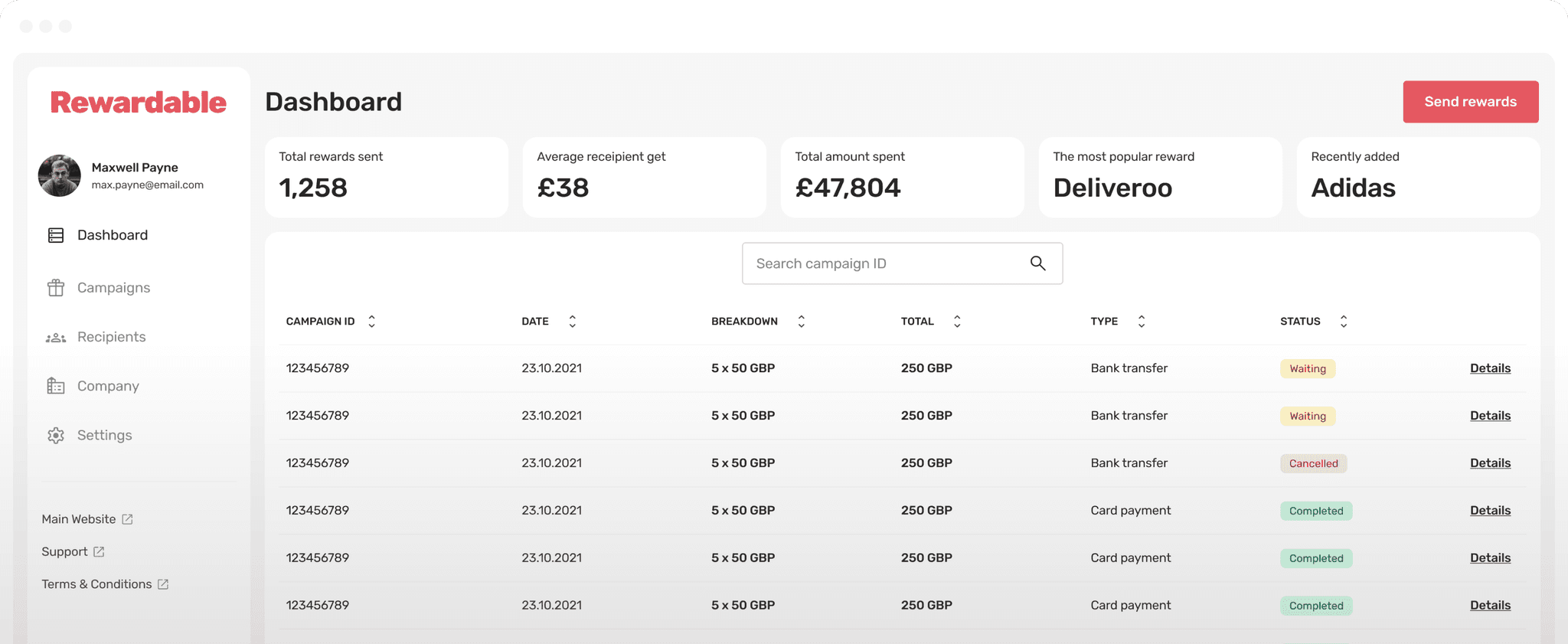Aligning employee milestone celebrations with your company's overall budget requires a structured approach that ensures recognition is meaningful, scalable, and cost-effective. Here's how to develop a well-balanced program while keeping financial constraints in check:
1. Define programme objectives
Start by clarifying the purpose of your milestone recognition program. Is it to improve retention, boost morale, reinforce company values, or all of the above? Establishing clear objectives helps justify budget allocation and ensures spending is aligned with business priorities.
Budget Tip: Set a total annual budget upfront, then allocate funds per milestone based on impact. For example, early-career milestones might have smaller rewards, while long-tenure anniversaries receive more significant recognition.
2. Develop programme framework
Determine which milestones to celebrate and the format of recognition. Consider a tiered approach based on tenure, performance, or contributions. Decide if rewards will be given annually, quarterly, or on a rolling basis.
Budget Tip: Instead of costly in-person events, consider virtual recognition, peer-nominated awards, or low-cost perks like extra time off. This keeps the program inclusive without stretching finances.
3. Design the reward process
Select the types of rewards that align with company culture and budget. Options range from personalised thank-you messages to digital gift cards, experience-based rewards, or company swag. The key is to offer choices while staying within financial limits.
Budget Tip: Use a mix of monetary and non-monetary rewards, public recognition, internal shoutouts, and leadership involvement can enhance the perceived value without additional costs.
4. Launch the programme
Communicate the program clearly to employees, ensuring they understand how milestones are recognized and why it matters. Train managers to reinforce recognition and encourage participation. Regularly review the program to adjust for budget and effectiveness.
Budget Tip: Automate milestone tracking and reward distribution where possible to prevent last-minute spending spikes and ensure financial predictability.

